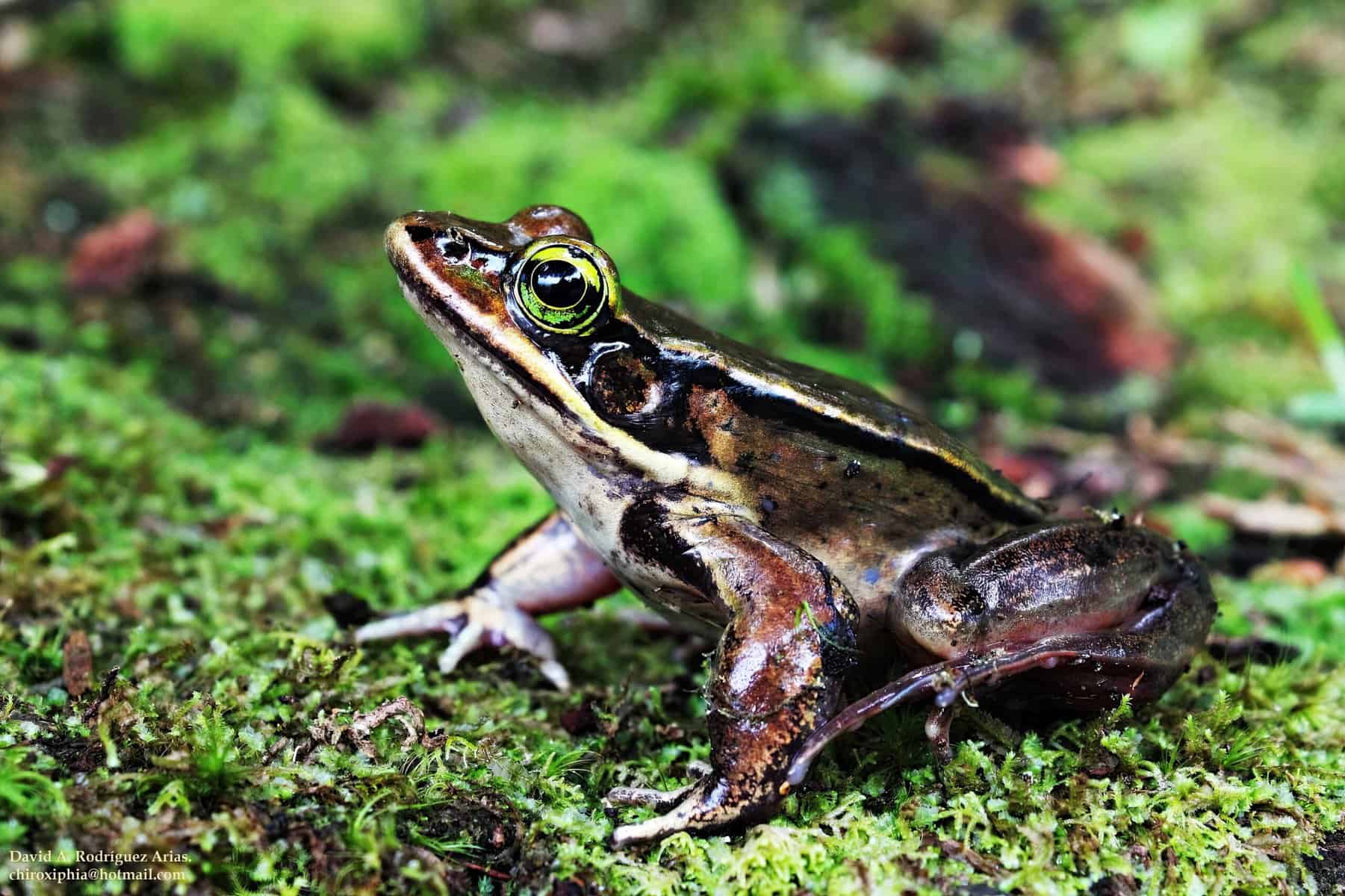Climate change, habitat destruction, the illegal pet trade and the spread of a severe and incurable fungus have been killing off amphibian species in droves in Costa Rica since the late 1980s. Many once-abundant species are now extinct, but according to a study released in the journal Amphibia-Reptilia, there may be hope.
The study discusses the rediscovery of the orange or yellow and black harlequin frog species, known as the clown frog or Halloween frog, which was declared extinct – then rediscovered – in Costa Rica twice, most recently in 2008.
The species is among several types of harlequin frogs that have re-emerged in Costa Rica since 2005 and scientists believe this could be the beginning of a slew of amphibian rediscoveries following massive population declines.
Ninety percent of harlequin frog species are threatened with extinction, and other amphibian species also have seen declines.
Here are some extinct or nearly extinct amphibians that have been rediscovered in Costa Rica (though some may have existed in other regions), and one toad that is still dearly missed:
1. Halloween frog, clown frog (Atelopus varius)
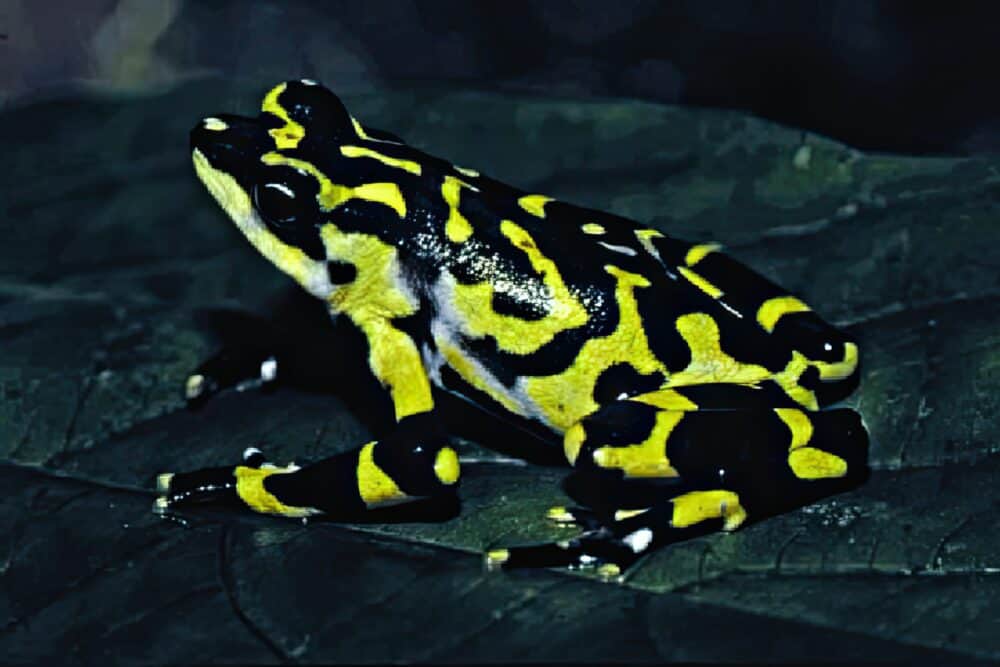
This frog began disappearing in 1988 and was first presumed extinct in 1996, according to the Amphibia-Reptilia study. Two of the frogs were spotted in 2005 in the central Pacific town of Quepos, but were not seen again the following year. Then, in 2008, a small population was found in Talamanca, in south-eastern Costa Rica. The population has fluctuated from five to 40 since 2011.
2. Holdrige’s toad (Incilius holdridgei)
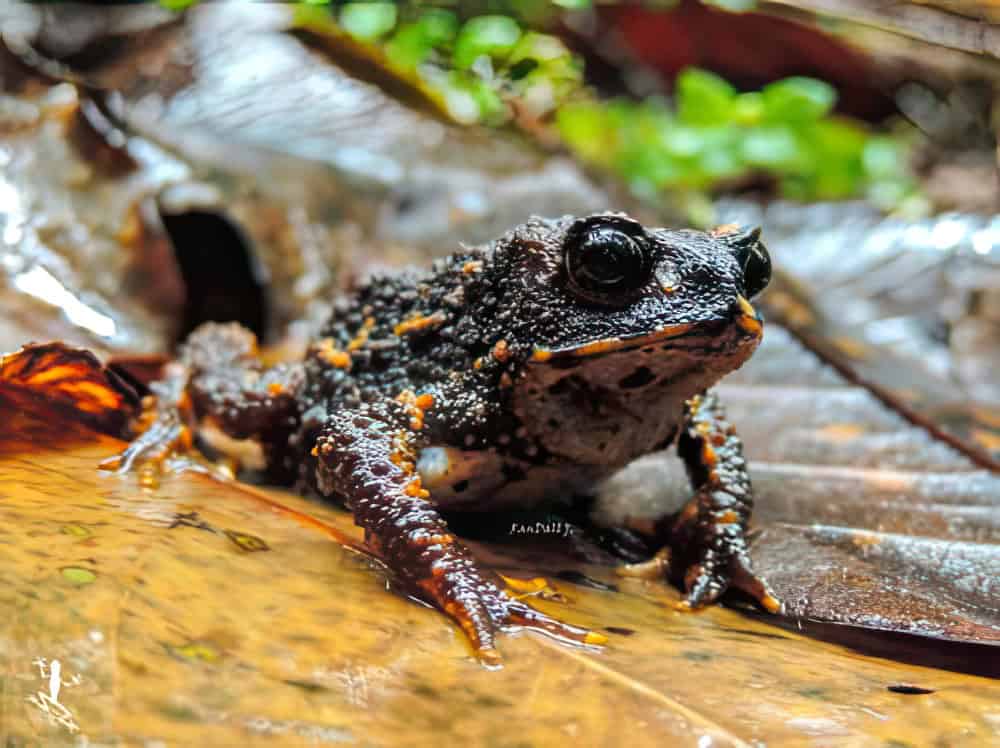
The International Union for the Conservation of Nature (IUCN) declared Holdridge’s toad extinct in 2008 because it had not been sighted since 1987. Scientists believe that chytrid fungus was the primary cause of extinction. It was rediscovered in 2009 near Barva Volcano in Costa Rica’s Central Valley.
3. Red-eyed stream frog, Costa Rican brook frog (Duellmanohyla uranochroa)
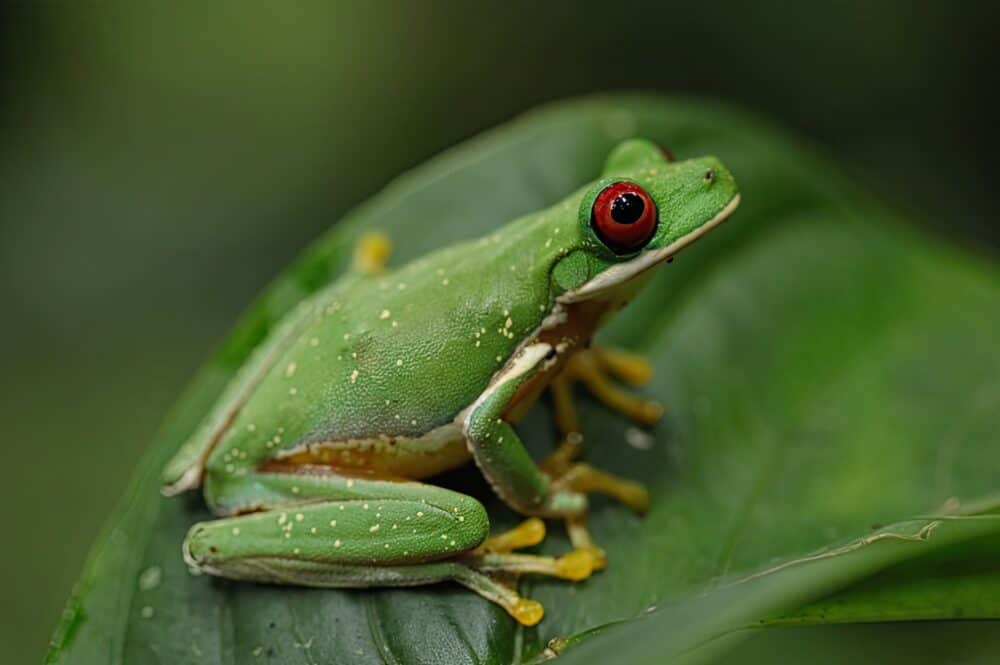
Not to be confused with the similarly looking red-eyed tree frog, which is quite common in Costa Rica, the red-eyed stream frog began vanishing in the late 1980s. By 1990 a number of local populations were rendered extinct. In March, a previously unknown population was found in Talamanca.
4. Isthmohyla rivularis Frog
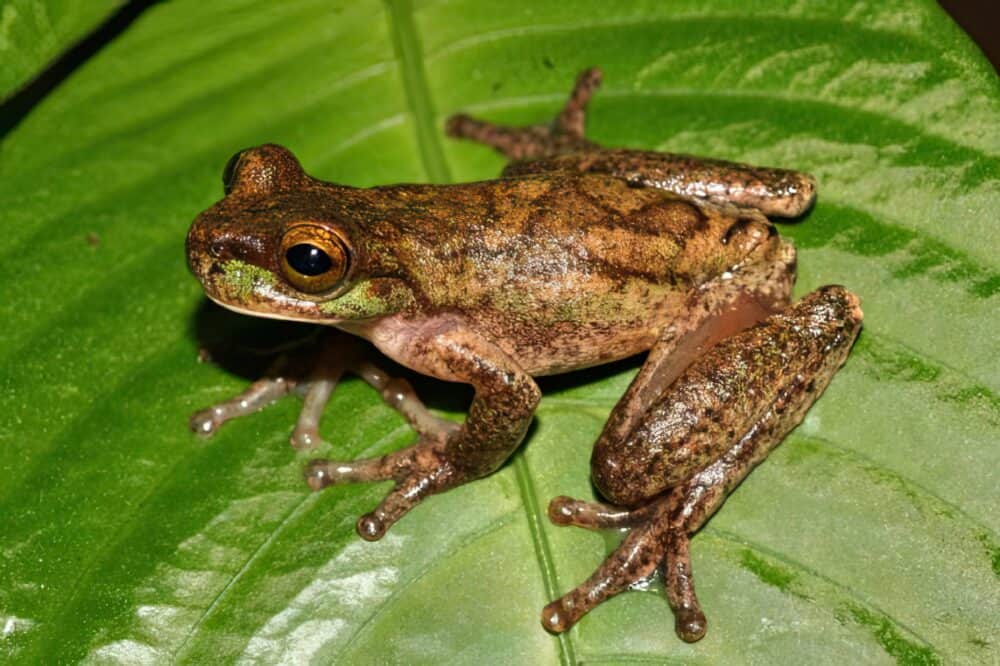
Once common in Monteverde and Tapantí, this frog was last seen in Costa Rica in 1989 and in Panama in 1993, before being rediscovered in 2007 in Costa Rica. In Costa Rica, the frog disappeared primarily due to the chytrid fungus, but in Panama populations have been severely affected by habitat loss from logging.
5. Green-eyed frog, Rancho Redondo frog (Lithobates Vibicarius)
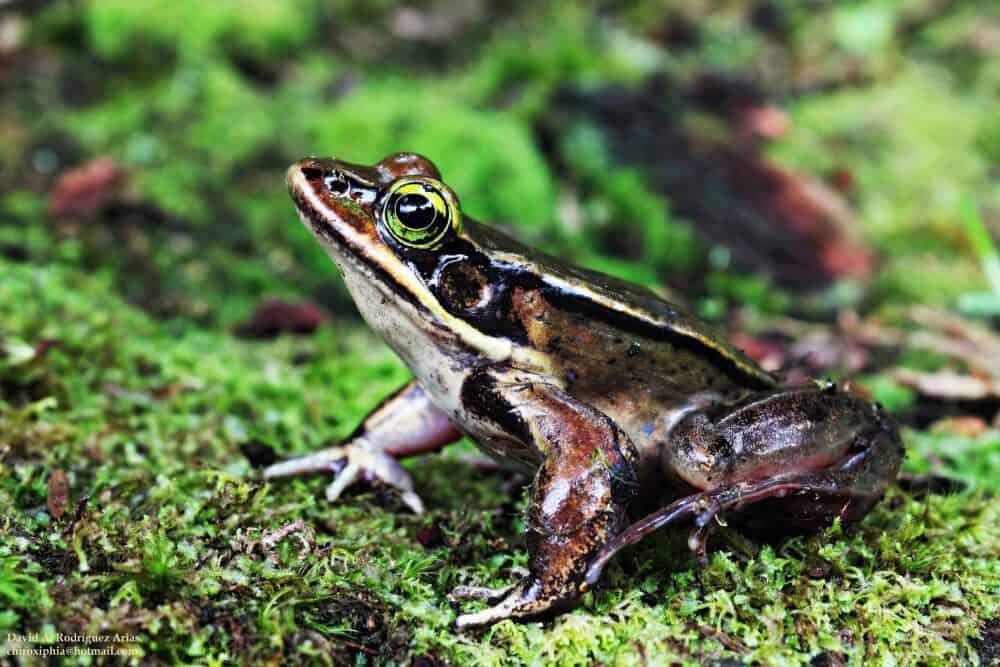
The green-eyed frog was very common in the mountains of Costa Rica but had completely disappeared by 1990. In 2002, one of the frogs was spotted in Monteverde. Biologists found larvae of the frog in 2003, which they saved. More viable populations have been found in Monteverde, Pérez Zeledón and Juan Castro Blanco National Park.
Extinct: the Golden Toad (Bufo periglenes)
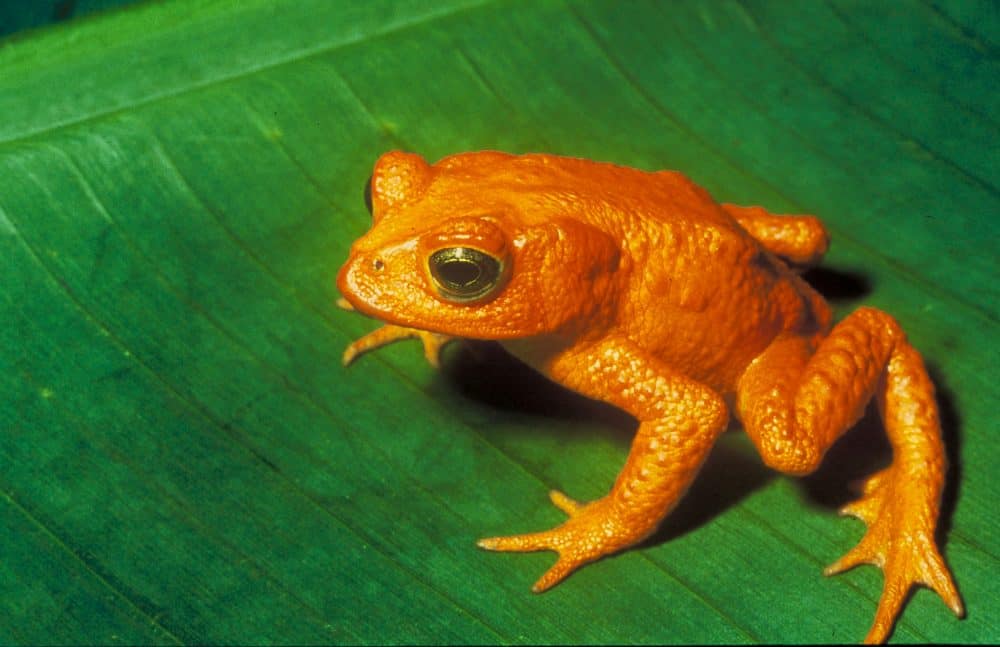
In 1987, more than 1,500 of the toads roamed the Monteverde Cloud Forest, but that year, an unusually warm dry season nearly wiped out the population. Once a Costa Rican symbol, the bright orange golden toad has not been seen since 1989. Despite the recent discoveries, scientists do not expect the golden toad to return.
The extinction of the golden toad was met with sadness and outrage in Costa Rica and the world. The toad has since become a symbol for naturalists pointing to the impending threats from climate change.
See famous Costa Rican musician Manuel Obregón perform his “Requiem for the golden toad.”

